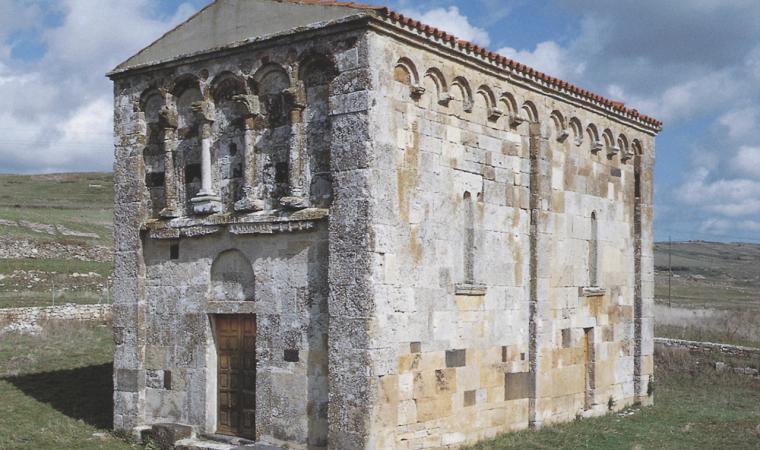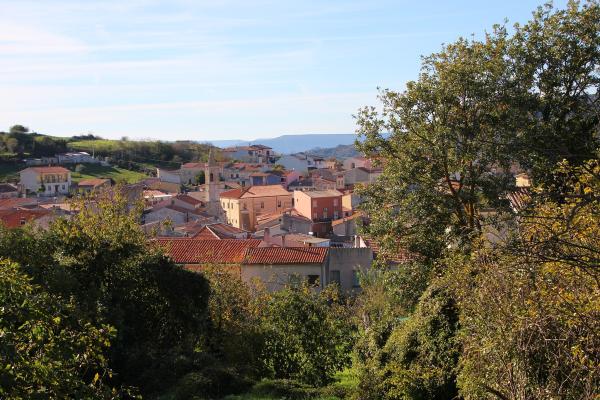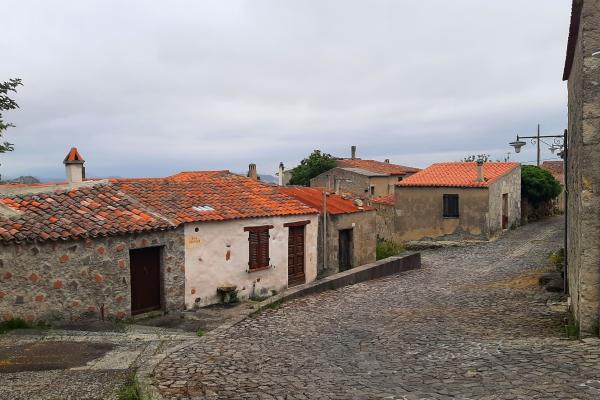It stretches through a fertile valley crossed by two torrents, Sa Orta and Sa Cariasa, at the foot of Mount Benazzosu, one of the typical and evocative volcanic craters in the Meilogu sub-region of Logudoro, surrounded by other smaller elevations. Semestene is a quaint little village with medieval origins and 160 inhabitants, well-known for the ancient parish church of San Giorgio and, even more, the Romanesque church of San Nicola di Trullas, located two and a half kilometres from the residential area, in the open countryside, on the Campeda plateau. Where the sanctuary currently stands, there was originally a Roman villa from the imperial age, perhaps the centre of an important outpost.

Town
It is one of the smallest villages in the Logudoro region, in the province of Sassari, in the northwestern part of Sardinia, famous above all for its ancient places of worship
It is one of the smallest villages in the Logudoro region, in the province of Sassari, in the northwestern part of Sardinia, famous above all for its ancient places of worship
See this place because...
You will be charmed by the medieval churches in this tiny village in the Logudoro area, inhabited since Roman times, in the centre of a territory rich in extinct volcanic craters
Pictures and videos
You may also like
More attractions in the vicinity















